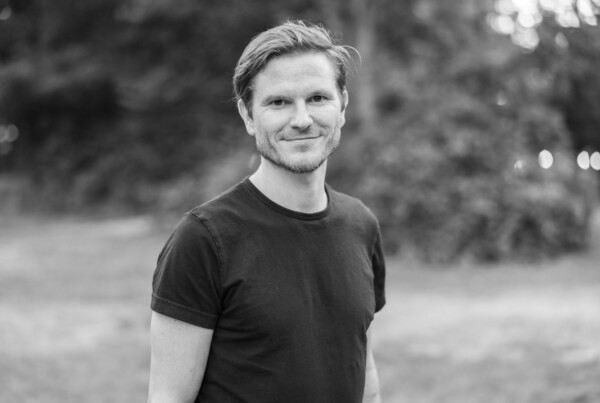Pim van der Ven, architect and owner Juli Ontwerp, and Joren van Dijk, De Omgevingspsycholoog, talk about how environmental psychologists view happy and healthy environments and what aspects of the built environment can influence health. How can environmental psychology and architecture support and strengthen each other.
Is it possible to create a happy and healthy living environment that promotes connectivity, resident empowerment, and a healthy lifestyle?
Pim: To us a happy and healthy living environment supports people to connect, gives residents influence over their living environment and stimulates them to adapt to a healthy lifestyle. It also takes into account people’s changing (emotional) life, due to everyday situations, lifechanging events and the inevitable limitations people experience when they become older.
Joren: A happy and healthy environment is an environment that supports the health of and prevents diseases for people. Thereby it takes the whole person into account, including their lifestyle. It also takes into account people’s changing emotional life, due to everyday situations, changing life events and the inevitable limitations people experience when they become older.
What (new) trends and developments do you see in your field (and broader) regarding the subject?
Pim: We see an intensified interest in new housing concepts focused on a more collective, green and healthy living experience.
Joren: I see a growing interest in and demand for living, working and leisure environments that support emotional health and healthy behaviours.
A happy and healthy environment is an environment that supports the health of and prevents diseases for people
How can architects and architectural firms make a difference, and can you share opportunities for architectural firms?
Pim: By focusing more on real user needs, inspired by learning from environmental psychology and post occupancy evaluation (POE). And working from the perspective that architecture is about people, not just about bricks
Joren: Apply Post Occupancy Evaluation (POE). This means systematically measuring the effects of your designs after users have been occupying it for some time. This gives you or your company a competitive advantage since you can provide evidence for your claims about your new designs. And, more important and fun, it helps you and your contractors learn about the effects of previous (design) choices.



